Morton's Toe
A Long Second Toe
When the second metatarsal is longer than the first metatarsal it is a syndrome called Morton’s Toe or Morton’s Syndrome. Usually when this condition is present the second toe is longer than the big toe. It is different from Morton’s Neuroma

When your second metatarsal bone is longer than your first, you have Morton's Syndrome.
Morton's Toe should be determined by the length of the metatarsals, not by the length of the toe.
We Recommend
-
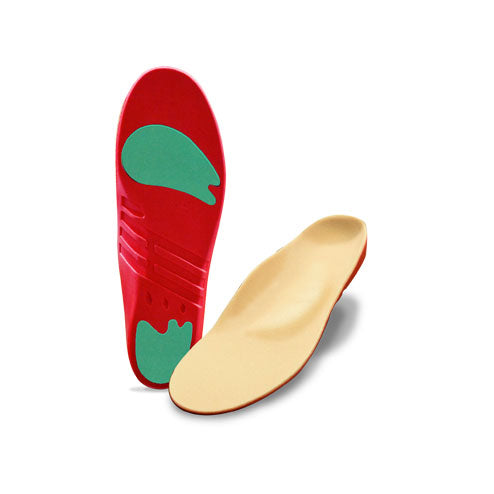
Pressure Relief with Met Pad
$39.99
-
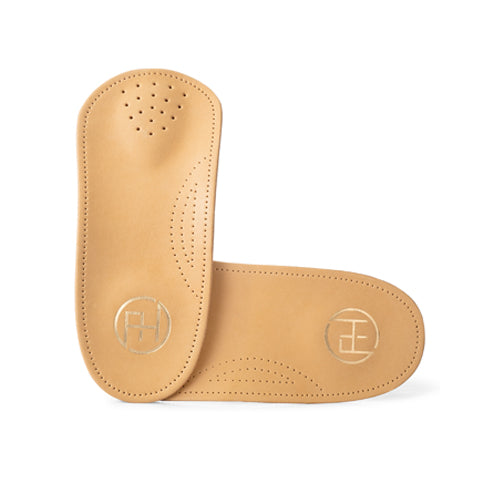
Everyday 3/4
$29.95
-
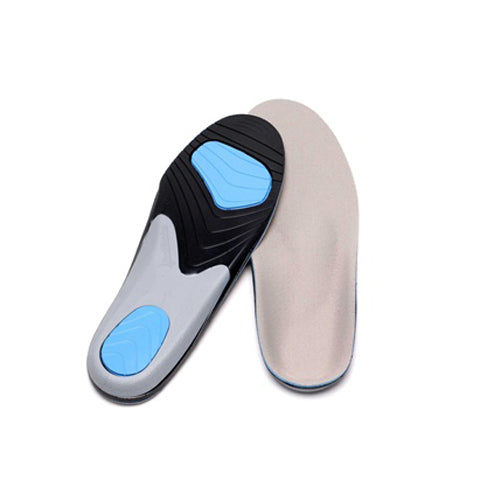
Motion Control Sport
$44.95
-
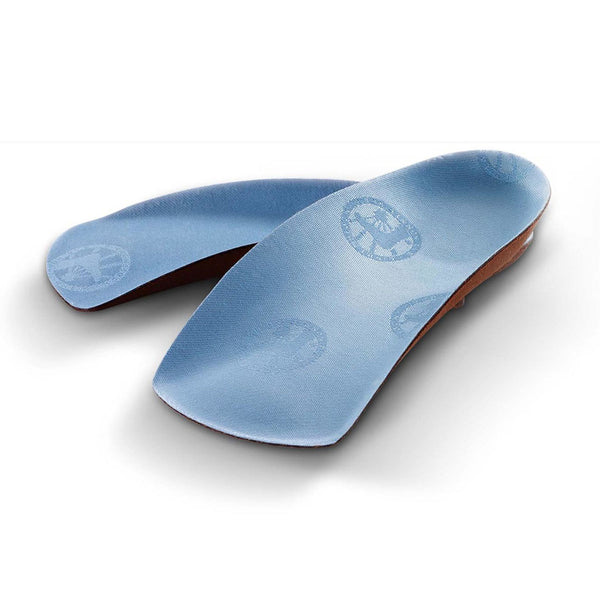
Blue Footbed Sport
$59.95
What Is Morton's Toe?
Morton’s toe is a fairly common condition and many people who have it never develop discomfort or pain. The primary concern with the syndrome is balance in the forefoot. Because the first metatarsal is shorter than the second, the weight the big toe normally bears is offloaded and causes the second metatarsal to take on a larger load than normal. This can cause the body to adapt its gait, eventually causing back, knee, or foot pain. The biomechanical complications can increase as you age.
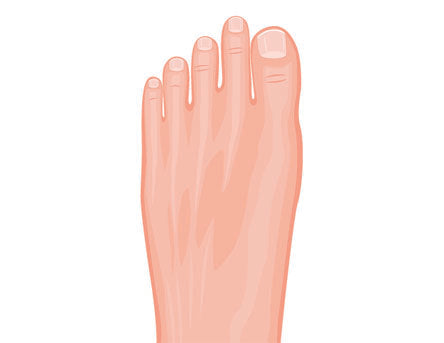
Morton’s toe is a fairly common condition and many people who have it never develop discomfort or pain.
What Causes Morton's Toe?
The cause of Morton’s Toe is very simple: genetics. About 20% of the population is born with this syndrome. That is one of every five people!
What Can I Do for a Morton's Toe?
Wear Proper Fitting Shoes
First, make sure your shoes fit properly. When measuring your shoe size, measure to the longest toe. Make sure the toe does not hit the end of your shoes. Wearing shoes that are too short could cause calluses, blisters, or even deformity such as hammer toes.
Wear Insoles With a Metatarsal Pad
If you think the pain you are experiencing in your foot, knees, or back is related to Morton’s toe, you may benefit from an insole with a metatarsal pad. The insole will help proper alignment of the foot and the metatarsal pad will transfer the proper weight load back to the first metatarsal. A shoe with a rocker sole bottom can also help reduce pressure in the forefoot and increase relief.
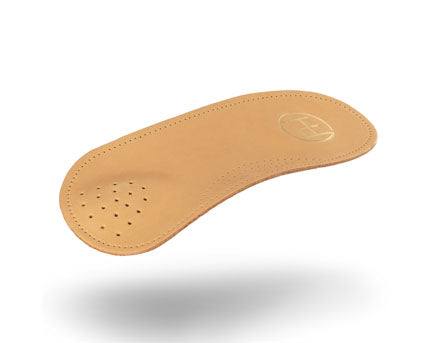
If you think the pain you are experiencing in your foot, knees, or back is related to Morton’s toe, you may benefit from an insole with a metatarsal pad.





